- Home
- Articles
- Architectural Portfolio
- Architectral Presentation
- Inspirational Stories
- Architecture News
- Visualization
- BIM Industry
- Facade Design
- Parametric Design
- Career
- Landscape Architecture
- Construction
- Artificial Intelligence
- Sketching
- Design Softwares
- Diagrams
- Writing
- Architectural Tips
- Sustainability
- Courses
- Concept
- Technology
- History & Heritage
- Future of Architecture
- Guides & How-To
- Art & Culture
- Projects
- Interior Design
- Competitions
- Jobs
- Store
- Tools
- More
- Home
- Articles
- Architectural Portfolio
- Architectral Presentation
- Inspirational Stories
- Architecture News
- Visualization
- BIM Industry
- Facade Design
- Parametric Design
- Career
- Landscape Architecture
- Construction
- Artificial Intelligence
- Sketching
- Design Softwares
- Diagrams
- Writing
- Architectural Tips
- Sustainability
- Courses
- Concept
- Technology
- History & Heritage
- Future of Architecture
- Guides & How-To
- Art & Culture
- Projects
- Interior Design
- Competitions
- Jobs
- Store
- Tools
- More
Artistic Haven Amidst Nature: A Dual-Purpose Residence and Gallery

In a tranquil countryside setting, a unique residence emerges, tailored for an artist whose life intertwines with creativity and nature. This compact 40 square meter abode, situated a remarkable 2100 meters above sea level, seamlessly combines the functionality of a living space with the aesthetic appeal of an art gallery. Designed to cater to the artist’s dual needs, the layout ingeniously accommodates living quarters, exhibition areas, and creative workspaces, transforming even the most personal spaces, such as the open shower, into display areas for the artist’s sizable ceramic creations.
Perched on a sloping plot within a region celebrated for its rich heritage in pottery and clay artistry, the house’s location is both strategic and symbolic. The design respects the area’s seismic activity by opting for a partially sunken structure built from brick, which eliminates the need for deep concrete foundations. This approach not only ensures safety but also allows the house to appear as if it is floating elegantly on the clay-rich soil, a poetic nod to the area’s craftsmanship traditions.

A vital aspect of the house’s design is its harmonious relationship with the surrounding environment. The roof is engineered to collect rainwater, which is then channeled to nourish a lush wet garden encircling the residence. This integration of nature is further enhanced by a unique structural element that not only reinforces the stability of the long wall but also functions ingeniously as an irrigation system for the burgeoning garden.
The residence’s connection to the artist’s existing studio is marked by a thoughtfully designed path, carved into the hillside and constructed from the same brick material, creating a cohesive visual and functional link between the two spaces. This path symbolizes a journey, not just physically connecting the structures, but also bridging the artist’s creative phases.
Moreover, the landscape itself plays a crucial role in the overall aesthetic and environmental impact of the house. Trees, planted five years prior in anticipation of the house’s construction, now tenderly align with the structure’s roofline. These young, fast-growing trees are set to create a striking contrast with the surrounding agricultural landscape, adding to the site’s artistic and ecological narrative.

In conclusion, this artist’s residence is much more than a mere shelter; it is a living, breathing canvas that blends the worlds of art, architecture, and nature into a harmonious symphony. Each element of the house—from its eco-friendly, earthquake-resistant construction to its ingenious integration of living, working, and exhibition spaces—has been thoughtfully designed to reflect the artist’s creative spirit and the rich cultural tapestry of the region.
The residence, with its unique position nestled in the high-altitude countryside, stands as a beacon of innovative architectural design. It respects the delicate balance of nature while celebrating the local craftsmanship, particularly the area’s long-standing tradition in pottery and clay art. The use of brick, a humble yet sturdy material, not only ensures safety and stability but also symbolically ties the structure to the earth from which it rises.

Furthermore, the incorporation of a wet garden nourished by rainwater collected from the roof exemplifies a deep understanding and respect for the natural environment. This feature, along with the carefully planted trees that now mirror the house’s roofline, demonstrates a foresight in design that extends beyond mere aesthetics. It reflects a commitment to creating a sustainable habitat that grows and evolves with the surrounding landscape.
The path connecting the house to the artist’s studio is not just a physical corridor but a metaphorical journey, symbolizing the transition between creativity, work, and domesticity. It underscores the residence’s role not just as a home or a gallery, but as a sanctuary where art and life intertwine seamlessly, each aspect enriching the other.
In its entirety, this residence is a remarkable example of how architecture can transcend its traditional role and become a vessel for artistic expression, environmental stewardship, and personal sanctuary. It stands as a testament to the artist’s vision and the architect’s skill, a place where every sunrise and sunset paints a new picture on a living canvas of creativity, innovation, and harmony with nature.

Submit your architectural projects
Follow these steps for submission your project. Submission FormLatest Posts
Orange Village by Koffi & Diabaté Architectes
Orange Village by Koffi & Diabaté Architectes is a futuristic corporate headquarters...
BXB Studio’s Hybrid Interior: Redefining the Modern Architectural Workplace
The Warsaw headquarters of BXB Studio was established in a modest 70...
Juzen Chemical Corporation Head Office by KEY OPERATION INC. / ARCHITECTS
Juzen Chemical Corporation Head Office by KEY OPERATION INC. blends efficiency, employee...
Terra Mater Factual Studios by Berger Parkkinen + Architects
Terra Mater Factual Studios in Vienna by Berger Parkkinen + Architects blends...













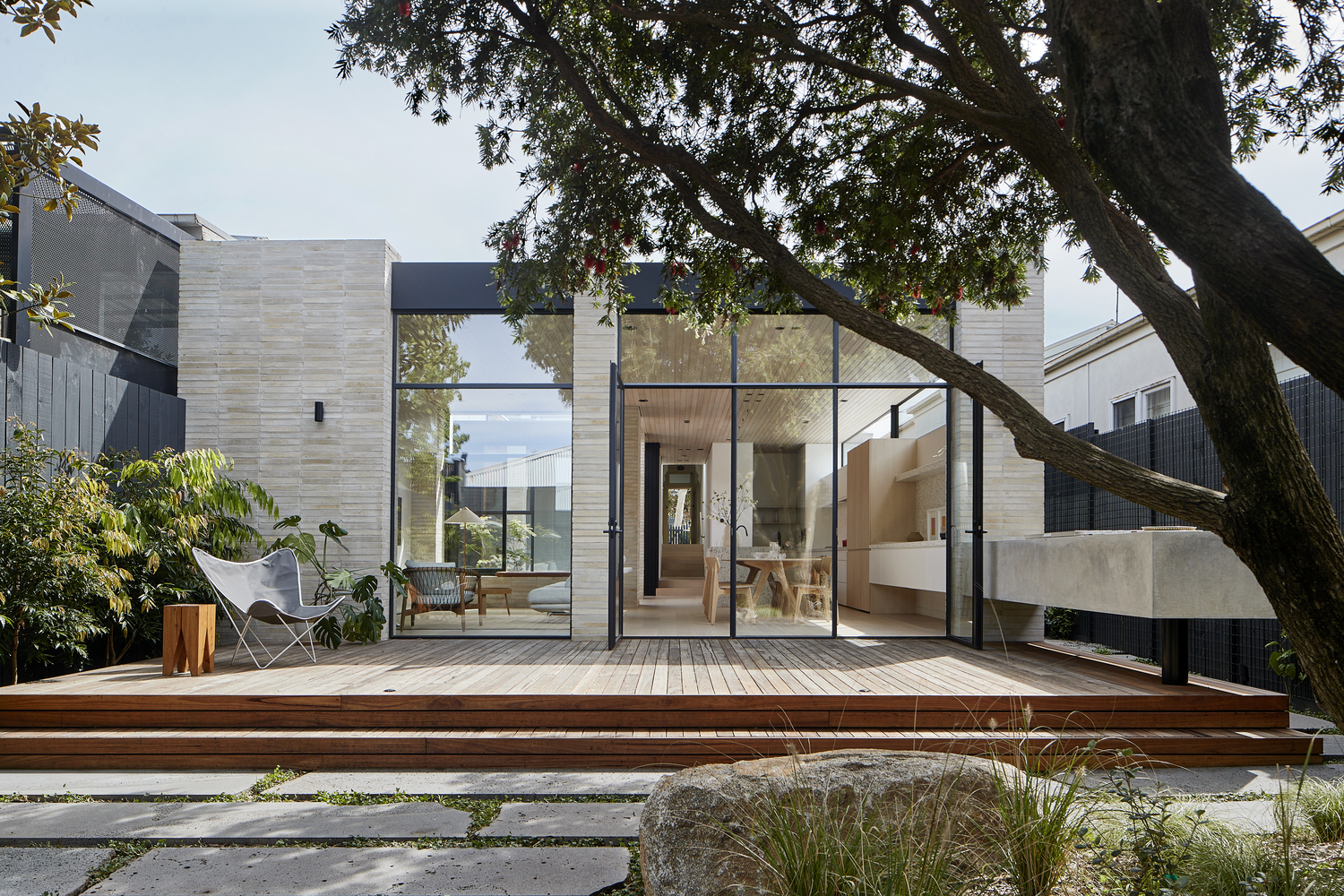
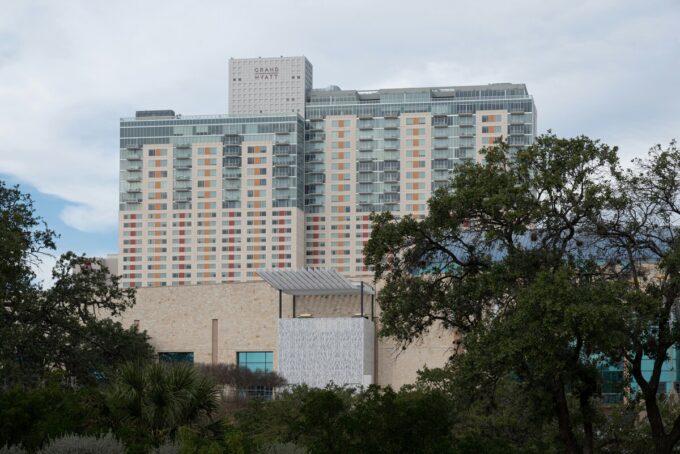
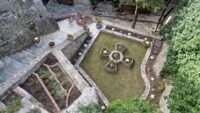

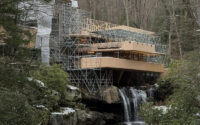

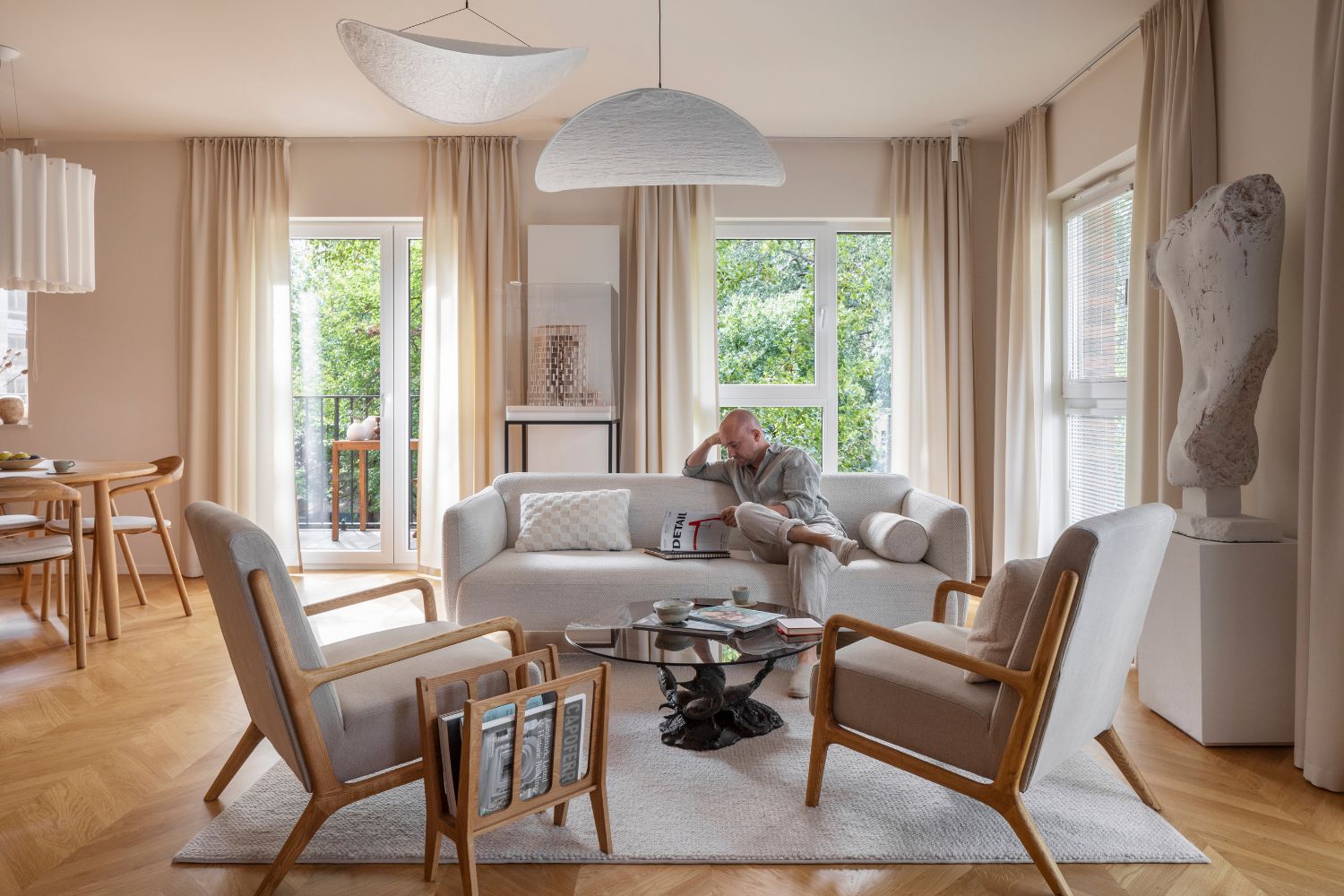


Leave a comment